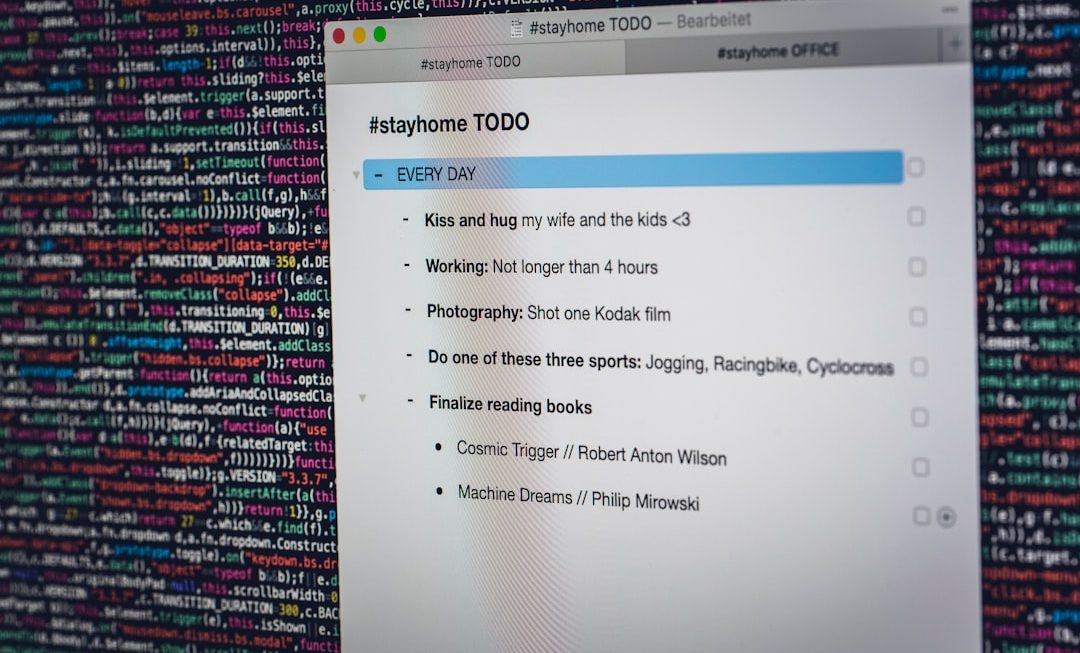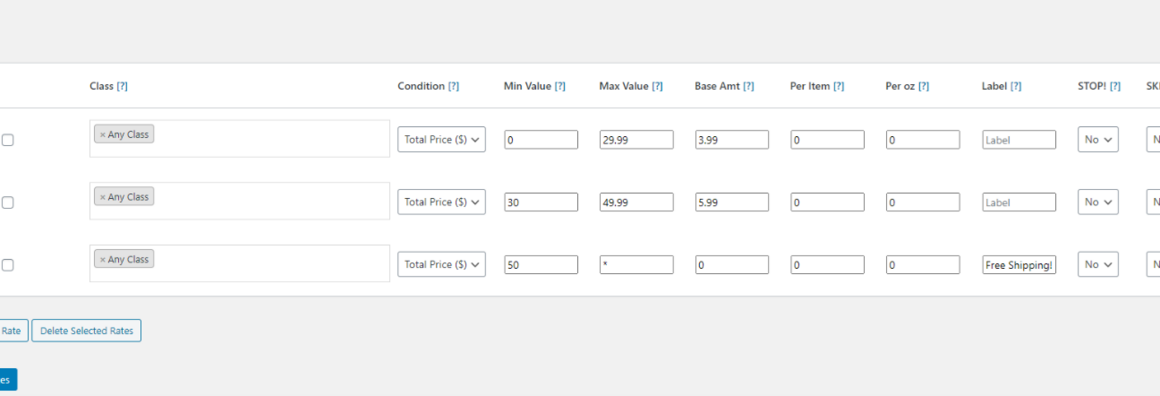In the digital age, webinars have become one of the most effective methods for engaging an audience, building authority, and driving conversions. When combined with a versatile platform like WordPress, the result can be a powerful marketing tool that delivers measurable results. Whether you’re promoting a product, offering educational content, or building a community, hosting webinars through WordPress allows you to seamlessly integrate your content with your website infrastructure—all under your control and branding.
Why Webinars Work
Webinars work because they offer a unique mix of visual learning, direct engagement, and real-time interaction. They are especially effective for content-driven marketing, as they allow potential customers or clients to see your product or service in action before making a commitment. Furthermore, webinars help:
- Establish thought leadership and expertise
- Build authentic relationships with your audience
- Gather highly targeted leads
- Close sales faster by demonstrating value in real time
WordPress integrates beautifully into this format, offering the flexibility and scalability needed to create, promote, and host professional webinars without relying on third-party platforms with limited customization.
Preparing for Your WordPress Webinar
Success begins with preparation. Whether you’re a beginner or a seasoned marketer, knowing what to plan for can set you ahead of the competition.
1. Define the Goal of Your Webinar
Your webinar needs a clear purpose. Define what you want your attendees to do after the session. Common goals include:
- Purchase a product
- Sign up for a service
- Join a paid membership
- Book a consultation
Start with the end in mind. A focused goal allows you to reverse-engineer your webinar content, making it more compelling and actionable.
2. Choose the Right Tools and Plugins
One of the greatest strengths of WordPress is its plugin ecosystem. There are several reliable plugins and integrations that can help you host and promote your webinar efficiently:
- WP WebinarSystem – An easy-to-use plugin for scheduling and managing webinars.
- WebinarPress – Offers live and automated webinar support right from the WordPress dashboard.
- Zoom for WordPress – Easily integrate Zoom meetings/webinars directly into your site.
- Elementor or Beaver Builder – Customize landing pages with intuitive drag-and-drop editors.
Pair these tools with a solid email marketing system like Mailchimp, ConvertKit, or ActiveCampaign to remind attendees and nurture leads.
3. Create a High-Converting Registration Page
Your registration page is the gateway to your webinar. Use compelling headlines, strong visuals, and one clear call-to-action (CTA). Essential components include:
- Headline: State the main benefit clearly.
- Subheadline: Offer a brief explanation of the value.
- Presenter Info: Add a professional photo and short bio to build trust.
- Date/Time: Be clear and include multiple time zones if serving an international audience.
- Call-to-Action: One prominent button like “Reserve My Seat Now.”

Crafting Compelling Webinar Content
Content is the core of any successful webinar. Even if your production quality is top-notch, weak content will lead to low engagement and poor conversion.
1. Follow the Problem-Solution Formula
Structure your presentation with the problem-solution-benefit model. This format keeps users engaged and drives them toward your call-to-action. Outline the main pain points your audience faces, introduce your solution, and show the benefits with real-world examples and case studies.
2. Include a Soft Pitch, Then a Strong CTA
The key to converting your audience is balancing education and sales. You don’t want to sound like a commercial from start to finish. Instead, sprinkle subtle mentions of your product/service throughout the content and save the last 10-15% for your pitch and call-to-action.
3. Leverage Visuals
Use slides with minimal text, graphs, and images to support your main points. People retain more information when visuals are included. Also, consider using live product demos or screen sharing when appropriate.

Engaging Your Audience During the Webinar
People attend webinars for more than just information—they want interaction. Engage your viewers actively throughout the session.
- Polls and Surveys: Use these tools to gather insight and keep users participating.
- Q&A Sessions: Allocate 10-15 minutes at the end for live questions.
- Chat Rooms: Moderate a live chat to boost community feelings and answer questions in real-time.
- Attendee Shout-outs: Mention attendees by name or location to personalize the experience.
Engagement increases attention retention, which dramatically improves your chances of conversion.
Converting Attendees Into Customers
This is where all your preparation and strategy come together. To ensure your webinar generates revenue or leads, focus on offering real value followed by a seamless conversion step.
1. Create Exclusive Offers
People are more likely to act when urgency, scarcity, or exclusivity is involved. Provide limited-time discounts, bundled packages, or free bonuses for attendees who take action within a specific time window.
2. Collect Contact Information Early
Use your registration and email sequence to gather leads. Don’t rely solely on live conversions—many attendees will convert after additional follow-ups.
3. Use WordPress to Deliver Products or Services
Since everything is hosted on WordPress, you can use integrated plugins like WooCommerce, Easy Digital Downloads, or LearnDash (for courses) to deliver your digital product instantly after purchase or registration.
Post-Webinar Follow-Up Strategy
Over 60% of webinar conversions typically happen after the event ends. Therefore, your follow-up strategy is just as important as the live event.
1. Send the Replay
Not everyone who registered will attend live. Send out a replay via email within 24 hours and make it available for a limited time to maintain urgency.
2. Reignite Interest with a Series of Emails
Don’t just send one email. Build a short campaign using a proven sequence like:
- Email 1: Thank You + Replay Link
- Email 2: Highlight Key Benefits + CTA
- Email 3: Limited-Time Offer Reminder
3. Ask for Feedback
Send a quick poll or survey to gather feedback. This helps you improve the webinar experience and also keeps your brand top-of-mind.
Analyzing and Optimizing Your Webinar
Use analytics tools available in WordPress or integrated plugins to track performance metrics such as:
- Registration numbers
- Attendance rate
- Engagement (polls, questions, chat)
- Conversion rate
Keeping track of these KPIs allows you to tweak elements like landing page copy, email timing, or presentation style for better results in future sessions.
Conclusion
Hosting successful WordPress webinars that convert is both an art and a science. It involves strategic planning, engaging content, powerful tools, and persistent follow-up. Thankfully, WordPress gives you the freedom and flexibility to take full control of your event from start to finish. By focusing on quality at every touchpoint—from registration to follow-up—you’ll see higher attendance, greater engagement, and ultimately, more conversions.
If you’re ready to build a reliable sales engine, webinars are not just a trend—they’re a proven method. And when hosted on the right foundation like WordPress, their potential is nearly limitless.




